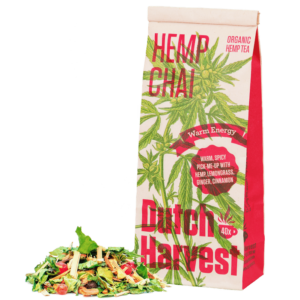On February 21, 1744, a baby boy was born in the Eisinga family. The Eisinga family lived in Dronrijp. This is in Friesland. They named the little boy Eise. Eise Eisinga. Eise's father was wolkammer, and so Eise had to become so.
But Eise lived in the era of enlightenment. This meant that in this day and age there were many philosophers who felt that people could become free by gaining as much knowledge as possible. Eise was a very smart boy and wanted to learn as much as possible. His father wouldn't let him go to the gymnasium. That's why he started reading books in his spare time in the library of the Franeker Academy. He was very interested in astronomy and mathematics. At 15, he wrote his first math book. In 1781 he completed his masterpiece: a real working planetarium. This shows exactly where all the planets are in the solar system at that time. Today, this is the oldest working planetarium in history.
Eise gives a good example of changing thinking during enlightenment. More and more people started to engage in politics during this time. Eise, for example, was also a patriot. This meant that he fought against the abuse of power of stadholder Willem V.
But there were also people who became abolutionists. Abolutionism was a movement that fought against slavery. The Netherlands has traded a lot of slaves especially during the time of the wigs and revolutions and used them on its plantations in South America. The slaves came from Western Europe and were taken by ship to the Dutch colonies. The Netherlands had set up a special company for this. The West India Company. Also called WIC.
The WIC was headquartered in Amsterdam. They had hundreds of ships that sailed to West Africa, where the slaves were bought. The slaves were between 15 and 36 years old and had to be strong and healthy. One slave cost about 150 guilders. This had to be partly paid for with sugar. About 600 slaves were transported by ship. The ship was between 30 and 36 meters long, so the slaves had very little space. The trip took about 62 days. No wonder, then, that slaves regularly die during this trip. Nowadays, the Dutch are very ashamed of the slave trade. They call the slave trade a black leaf in history.
The slaves were taken to Curaçao or Suriname. This is where they were sold again. The WIC received between 600 and 800 guilders for a slave. From some of the profits they bought sugar, coffee, cocoa and skins. They took this back to the Netherlands to sell.

